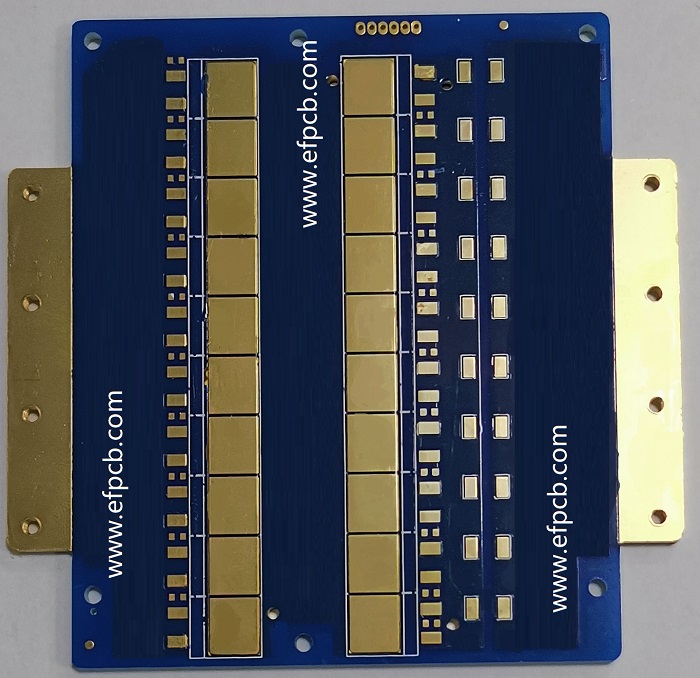The Evolution of Printed Circuits to Power the Digital Age

Keywords: Printed Circuits
In the ever-evolving landscape of technology, one component remains at the heart of countless electronic devices—the printed circuit. Printed Circuits often referred to as PCBs (Printed Circuit Boards), have revolutionized the electronics industry by providing a compact, reliable, and efficient way to interconnect electronic components. From simple radios to complex smartphones and advanced medical equipment, printed circuits play an integral role in powering the digital age. In this blog, we will explore the evolution of printed circuits, their significance, and the exciting future they hold.
Printed circuits have come a long way since their inception in the mid-20th century. Before PCBs, electronic components were interconnected using point-to-point wiring, a tedious and error-prone process.
Advantages of Printed Circuits
The adoption of Printed Circuits brought numerous advantages to the electronics industry. Firstly, PCBs enable compact designs by allowing components to be mounted on both sides of the board, increasing the component density. This space-saving design made electronics more portable and lightweight. Secondly, printed circuits offer enhanced reliability by eliminating the need for point-to-point wiring, reducing the risk of loose connections and short circuits. Thirdly, the use of printed circuits improves manufacturing efficiency by enabling automated assembly processes, reducing costs, and increasing production volumes.
Advanced Manufacturing Techniques
The advancement of manufacturing techniques has played a significant role in the evolution of printed circuits. From traditional subtractive methods involving etching copper-clad substrates to additive processes like inkjet printing and 3D printing, manufacturers have explored new ways to fabricate PCBs. Emerging technologies such as nanotechnology, flexible electronics, and embedded components are poised to revolutionize the field further, opening doors to more efficient and diverse applications.
The Future of Printed Circuits
As technology continues to progress at an unprecedented pace, the future of printed circuits looks incredibly promising. The rise of the Internet of Things (IoT), artificial intelligence, and robotics is expected to drive the demand for smaller, more powerful, and energy-efficient devices. Flexible and wearable electronics will continue to gain traction, finding applications in healthcare, consumer electronics, and smart textiles. Moreover, the integration of advanced materials and Nano scale fabrication techniques will enable the development of high-performance, miniaturized Printed Circuits capable of handling immense computing power.




